
New Teaching Tool, "ComPhot: Computational Photosynthesis"
BlogWe are excited to announce the publication of The Plant Cell’s latest Teaching Tool, “ComPhot," by Sarah Philipps, Tobias Pfennig, Elouën Corvest, Marvin van Aalst, Lisa Fürtauer, and Anna Matuszyńska.
About ComPhot
ComPhot is a simulation-based learning platform developed by a team of…
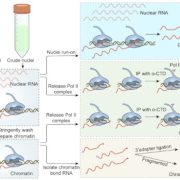
Pros and cons of various popular RNA sequencing methods
The Plant Cell: In a NutshellLiu and Zhu et al. systematically compare various methods for investigating transcription.
The Plant Cell: https://doi.org/10.1093/plcell/koad237
By M. Liu and Z. Dong
Guangdong Provincial Key Laboratory of Plant Adaptation and Molecular Design, Guangzhou Key Laboratory of Crop Gene Editing,…

Review: A century of studying plant secondary metabolism—From “what?” to “where, how, and why?”
Plant Science Research WeeklyPhytochemicals, also known as plant secondary metabolites, play primary roles in plant development, structure, and response to the environment. Their metabolism has been studied for over a century. In a new review, Dixon and Dickinson discuss past and recent advances in understanding the identity, localization,…
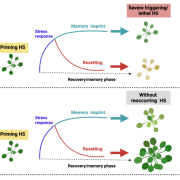
Review. Autophagy: A key player in the recovery of plants from heat stress
Plant Science Research WeeklyPlants have a remarkable ability to adapt to stress. For many stresses, plants respond to short-term mild exposure by becoming more tolerant to subsequent harsher stresses that would otherwise be lethal; this effect is known as priming. Priming occurs through several mechanisms that can include changes…
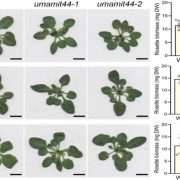
UMAMIT44 exports plastidial glutamate and is essential for plant growth
Plant Science Research WeeklyAmino acids (AA) are fundamental components of peptides, proteins, and enzymes that play a critical role in plant growth, cellular metabolism, and stress response. Plants synthesize most AA within chloroplasts and require membrane transporters to transfer them from stroma to cytosol. Cytosolic AA are…

Altering the location of starch granules by relocalizing a starch granule initiation protein
Plant Science Research WeeklyStarch granules are synthesized in leaf chloroplasts during the day and degraded at night to provide carbon. MFP1 (MAR-BINDING FILAMENT-LIKE PROTEIN 1) is known to have a role in starch granule initiation, but its mechanistic role has been unknown. Sharma et al. hypothesized MFP1’s thylakoid localization…
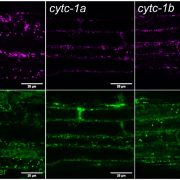
In tune with power: Mitochondrial regulation of energy with TOR
Plant Science Research WeeklyAs seedlings grow, they continuously fine-tune the balance between plant growth and energy consumption for better plant fitness. Mitochondria are essential to generate energy. Here, Canal et al. generated single mutants for a gene involved in the mitochondrial respiratory chain – CYTOCHROME C-1 (CYTC-1),…
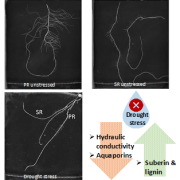
Unveiling distinct responses of maize primary and seminal roots under drought stress
Plant Science Research WeeklyCan you imagine going a day without a sip of water? Neither can plants. Water is essential for supporting diverse physiological processes in plants, including photosynthesis, nutrient transport, temperature regulation, and maintenance of cell turgidity. However, with global increase in temperature and…
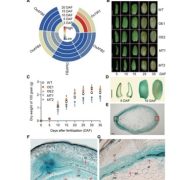
Auxin receptor OsTIR1 mediates auxin signaling during seed filling in rice
Plant Science Research WeeklyThroughout the world, cereal endosperm is a major source of food. However, little is known about the molecular mechanisms underlying the import of sugar into the endosperm of rice plants (Oryza sativa) and how these pathways relate to auxin signaling. In this paper, Wu et al. investigate the role of…

